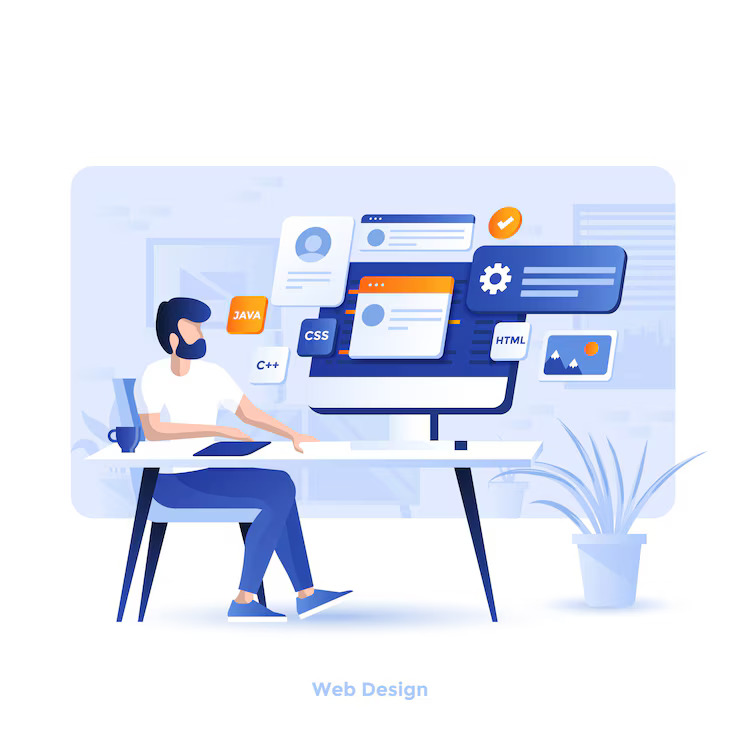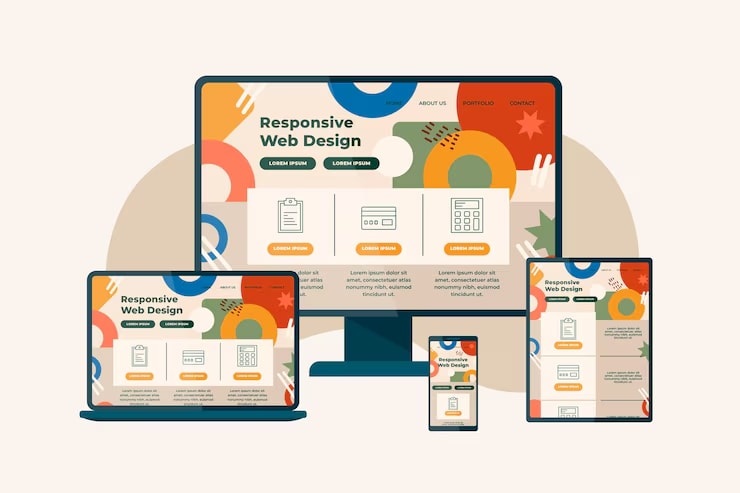Service Detail

Website Design
Web design encompasses creating visually appealing and user-friendly websites, focusing on aesthetics, functionality, and user experience (UX) to ensure an effective online presence.
Key Features:
Core Elements:
Responsive Design: Ensures the website adapts seamlessly to various devices and screen sizes.
Intuitive Navigation: Makes it easy for users to find what they're looking for.
Visual Design: Includes elements like typography, color palettes, images, and overall aesthetics.
Content: Clear, concise, and engaging content that is easy to read and understand.
Search Engine Optimization (SEO): Optimizing the website for search engines to improve visibility.
User Experience (UX) and User Interface (UI) Features:
Whitespace: Using empty space effectively to improve readability and visual appeal.
Typography: Choosing the right fonts and font sizes for readability and visual hierarchy.
Images and Videos: High-quality visuals that enhance the user experience and convey information effectively.
Functionality and Technical Features:
Cross-Browser Compatibility: Ensuring the website functions correctly across different web browsers.
Security: Implementing security measures to protect user data and prevent cyber threats.
Benefits:
Brand Credibility and First Impression: A professional-looking website establishes credibility and makes a positive first impression on potential customers.
Improved User Experience (UX): Intuitive navigation, clear content, and visually appealing design lead to a better user experience, encouraging visitors to stay longer and explore the site.
Enhanced Search Engine Optimization (SEO): A well-designed website with optimized structure and content can improve search engine rankings, making it easier for potential customers to find.
Consistent Branding:A consistent design across all pages helps build brand recognition and reinforces the brand identity.
Mobile Responsiveness: A responsive design ensures the website looks and functions well on all devices, including smartphones and tablets, which is crucial for reaching a wider audience.
Website Design Services We Offer

Custom Website Design
Custom website design involves creating a unique online presence, tailored to a specific business or brand's needs, rather than using pre-designed templates or website builders.

Responsive Website Design
Responsive website design ensures a website adapts to various devices and screen sizes, offering a consistent and optimized user experience while improving SEO and reducing maintenance costs.
_design.jpg)
User Experience(UX) Design
User Experience (UX) design focuses on making products and services easy, effective, and enjoyable for users by understanding their needs, behaviors, and preferences, and then designing interactions that meet those needs.

Content Creation
Content creation is the process of developing and sharing various media formats, like articles, videos, or images, to convey information and engage a specific audience.

Website Redesign
A website redesign is a comprehensive overhaul of a website's structure, design, content, and functionality, aiming to improve user experience, enhance online presence, and achieve specific business goals.

Branding and Logo Design
Branding is the comprehensive strategy of creating a unique identity for a company or brand, encompassing its mission, values, and visual elements, while logo design is a specific part of branding, focusing on creating a visual symbol or mark representing the brand.
